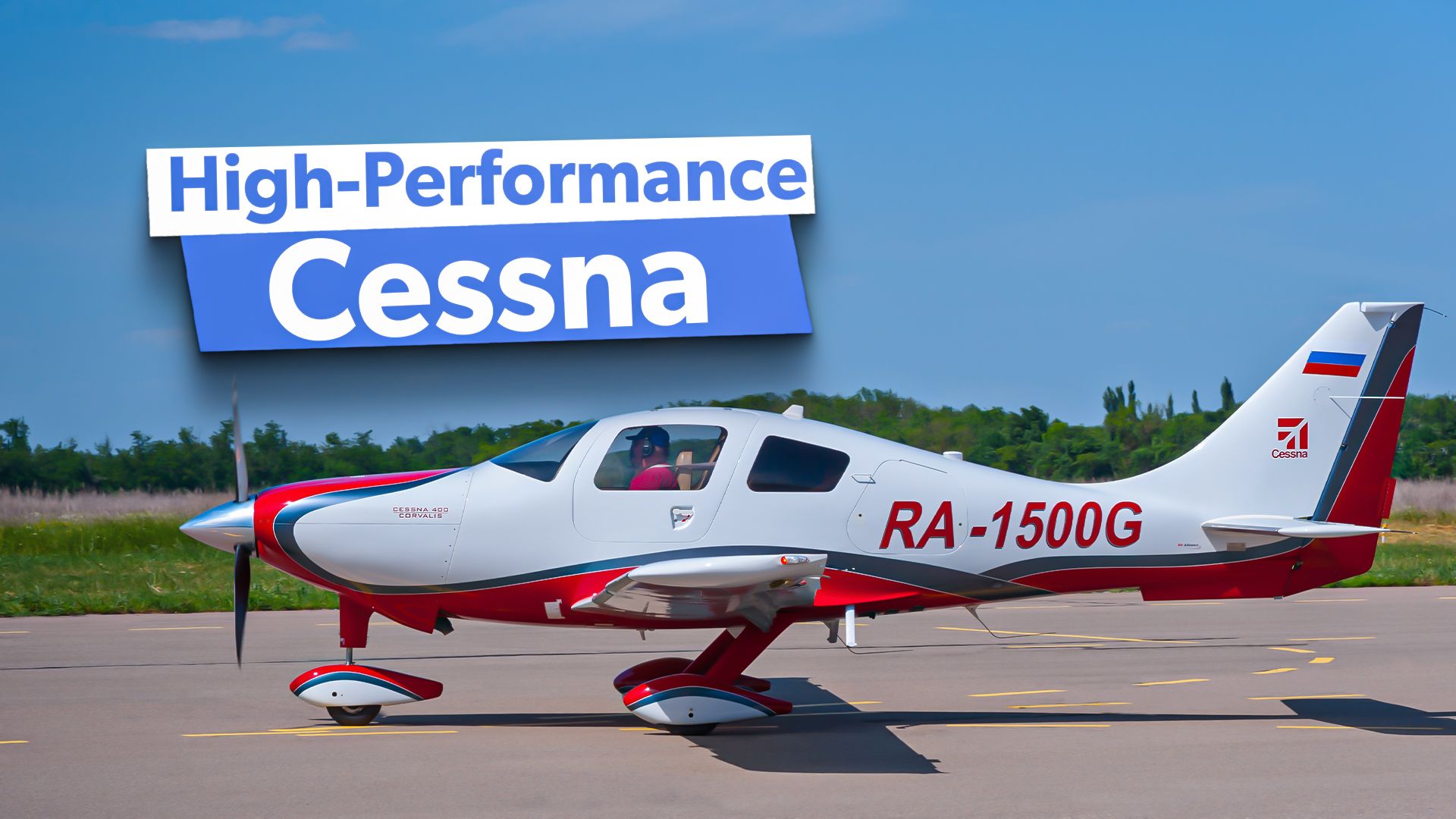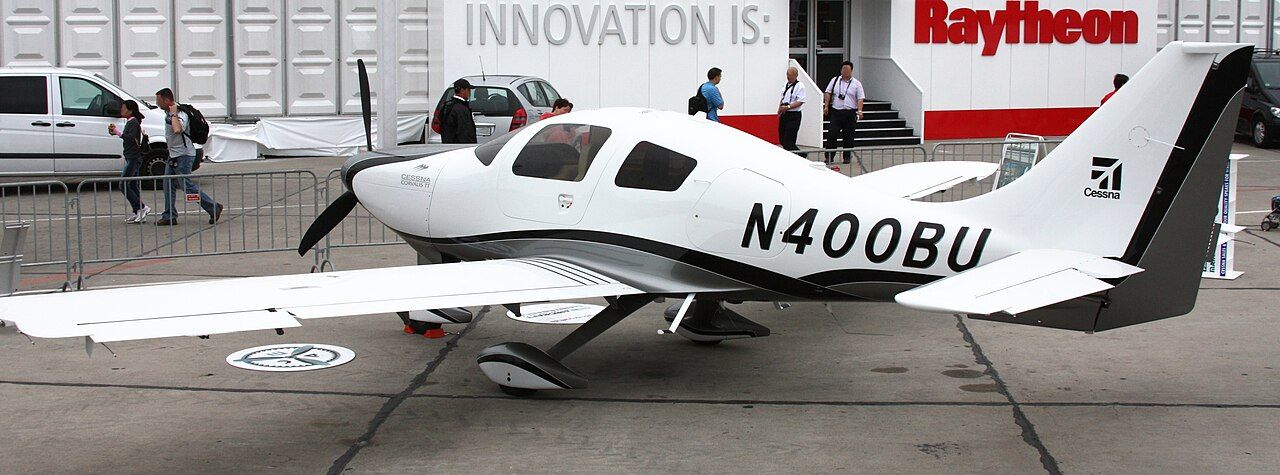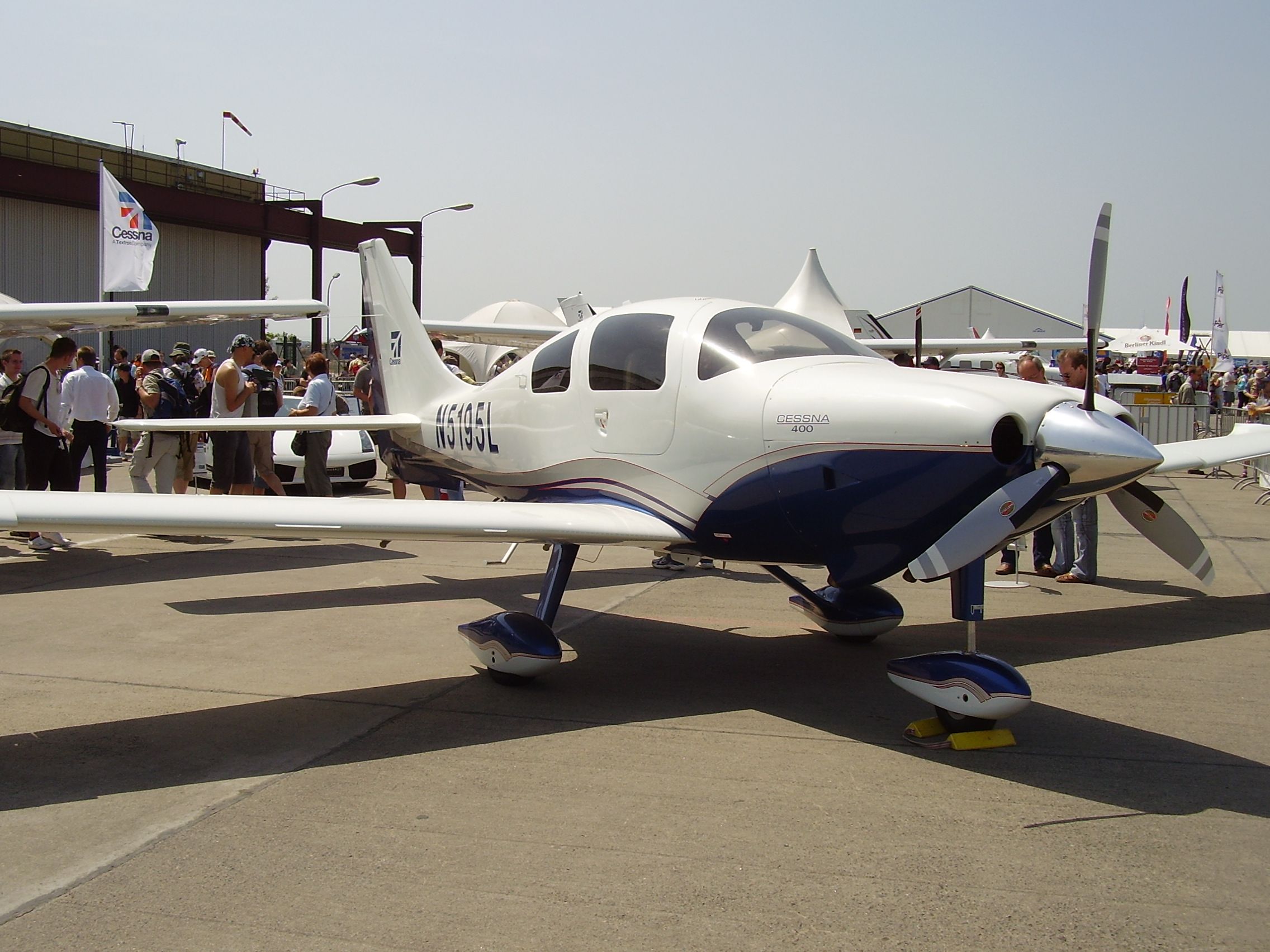Summary
- The Cessna TTx is a high-performance, single-engine aircraft with advanced features and a maximum speed of 235 knots.
- The aircraft is equipped with a state-of-the-art glass cockpit panel, Intrinzic, and various safety systems for enhanced operations.
- Production was impacted by economic factors and quality issues, leading to the discontinuation of the model in 2018.
The Cessna TTx is a single-engine fixed-gear general aviation aircraft introduced in 2004. The low-wing, high-performance design was originally built by Columbia Aircraft and marketed as the Columbia 400. Cessna TTx Model T240 began production from 2013 to 2018. This article explores the unique aircraft, its salient features, and its placement in the market.
The Cessna TTx
The Cessna TTx (twin-turbocharged) is derived from the Columbia 300/Cessna 350 and was a continuation of the Columbia 400. Built mostly using efficient composite materials, the improved TTx was announced in 2011 and made its first flight in March 2013. The TTx was equipped with a single Continental TSIO-550-C fuel-injected engine, generating approximately 310 shaft horsepower (230 kW) of takeoff power.
- Crew: 1 pilot
- Capacity: 3 passengers
- Length: 25 ft 2 in (7.67 m)
- Wingspan: 36 ft 1 in (11.00 m)
- Height: 9 ft 0 in (2.74 m)
- Wing area: 141 sq ft (13.1 m2)
- Empty weight: 2,500 lb (1,134 kg)
- Max takeoff weight: 3,600 lb (1,633 kg)
- Powerplant: 1 × Teledyne Continental TSIO-550-C air-cooled flat-6 engine
- Engine power: 310 hp (230 kW)
The Columbia 400 had an optional ice protection system known as E-Vade. The system was not certified to be operated with known icing. However, it provided ice protection on the leading edges of the wing and tail surfaces using specialized heat-conducting graphite foil panels. A dedicated alternator provided a 70-volt electrical power to heat the panels. The amount of power available somewhat limited the flight reliability with known icing.
A supreme performance
- Maximum speed: 235 kn (270 mph, 435 km/h) calibrated airspeed
- Cruise speed: 235 kn (270 mph, 435 km/h) true airspeed at 25,000 ft (7,600 m)
- Stall speed: 59 kn (68 mph, 109 km/h)
- Range: 1,107 nmi (1,274 mi, 2,050 km)
- Service ceiling: 25,000 ft (7,600 m)
- Rate of climb: 1,500 ft/min (7.6 m/s)
The Columbia 400, later known as the Cessna TTx, was known for its supreme performance, in-flight reliability, and fuel efficiency. In the airplane review in 2006, Richard L. Collins of FLYING Magazine commented,
“Someone asked me if I could come up with one word to describe the G1000 [equipped] Columbia 400. I thought about “neat” and “cool” and “complete” and “integrated” and “fast” and “pretty”. Then I dismissed them all and decided on “airplane”, because the Columbia 400 is truly what an airplane should be.”
The aircraft has a maximize speed of 235 knots (270 mph, 435 km/h) and is able to fly a distance of 1,100 NM (1,275, 2,050 km) without needing to refuel. The aircraft can reach its cruising altitude of 23,000 ft in just over 15 minutes.
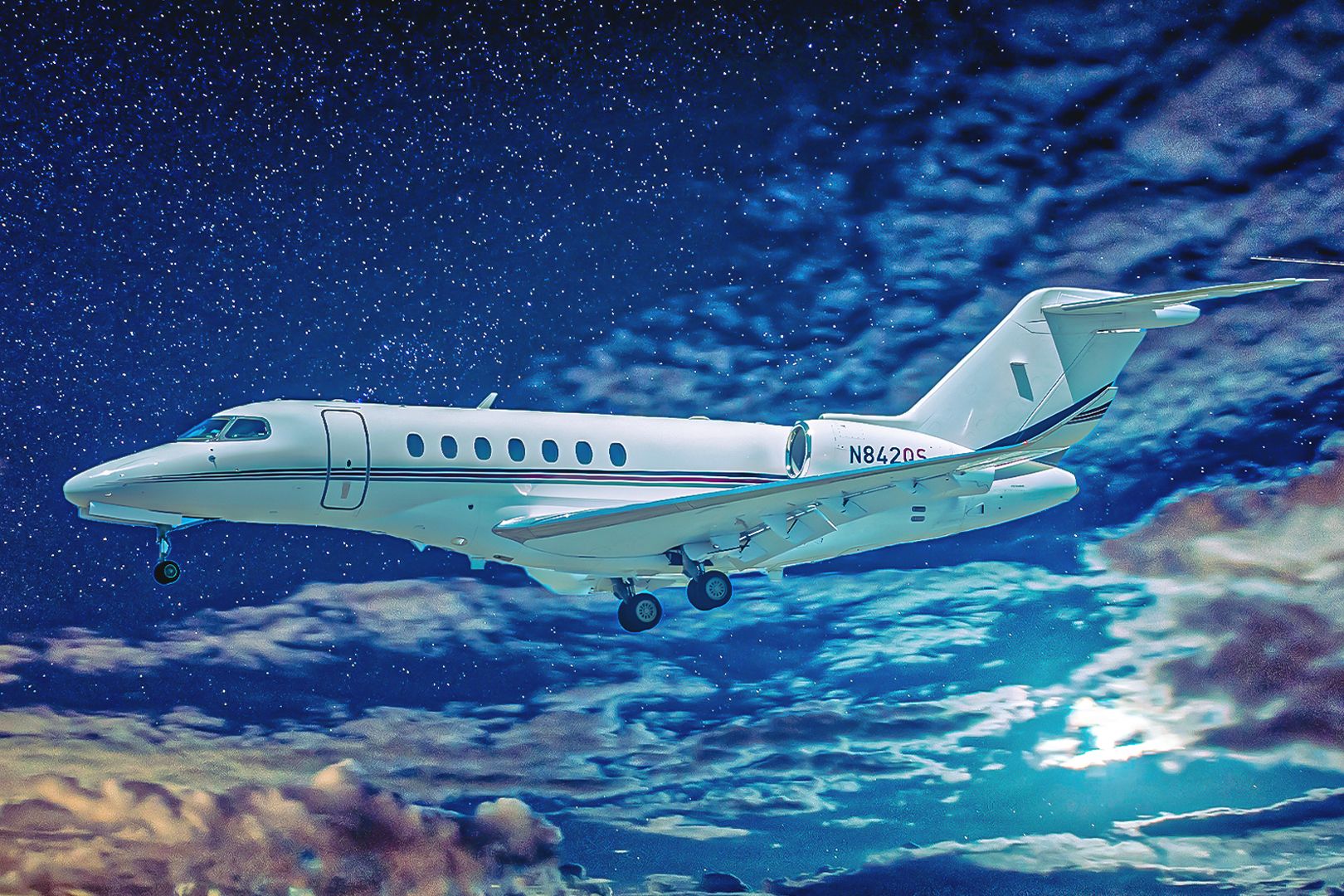
Related
The 4 Most Expensive Cessna Citation Jets
The prices of Citation family jets are at par with the competition.
The aircraft avionics
The Cessna TTx features a new glass cockpit panel called Intrinzic, based on the Garmin G2000 suite. Designed by Cessna, the two high-definition displays and a touchscreen controller allow for added safety, reliability, and ease of aircraft use. The controller accepts touch commands using an infrared grid.
The system is also equipped with dual Attitude and Heading Reference Systems, a GFC 700 autopilot, a Garmin GTS800 traffic avoidance system, Garmin GTX 33ES transponder with ADS-B, and the Garmin Electronic Stability Protection System, enabling aircraft’s operations within the approved flight envelope. With no traditional instruments, the system solely relies on the L-3 trilogy backup.
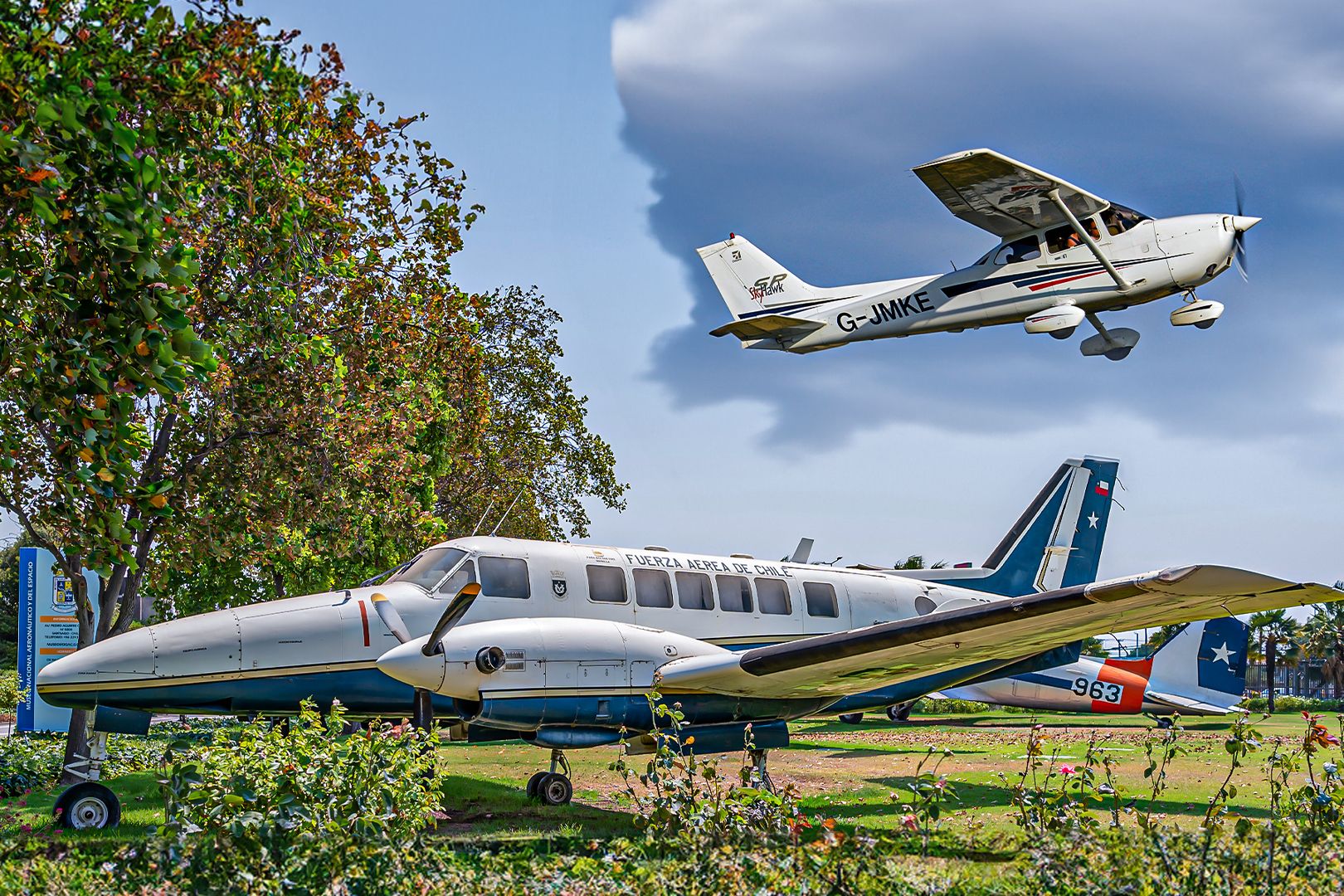
Related
Cessna And Beechcraft: A Look At The Parent Company Textron Aviation
Some of the most popular aviation brands come under Textron Aviation umbrella.
A model impacted by economic and quality factors
High Performance Aviation states that the manufacturing of the Cessna 400 was initially impacted by the recession of the late 2000s, particularly the economic crisis between 2008 and 2010. Cessna moved the composite construction of the aircraft to Chihuahua, Mexico, and it was then transported to the factory in Independence, Kansas, to be assembled. This move resulted in the loss of experienced labor and “tribal knowledge” of the aircraft.
Most experienced personnel who had worked since the early days of Columbia Aircraft were lost in the process. The manufacturer ramped up production on the new facility quite some time ago, primarily due to the economic crisis. The design, manufacturing, and assembly issues began to surface soon after production resumed in the new facility.
Issues with temperature, humidity control, and other curing processes affected the aircraft structure. The sales quickly began to drop, with the manufacturer only selling a few aircraft each quarter. In 2017, the manufacturer managed to sell 23 examples of the TTx jet. In February 2018, the company pulled the plug on the production, calling it the end of the tough battle. A total of 704 Cessna 400s (including the TTxs) were built.
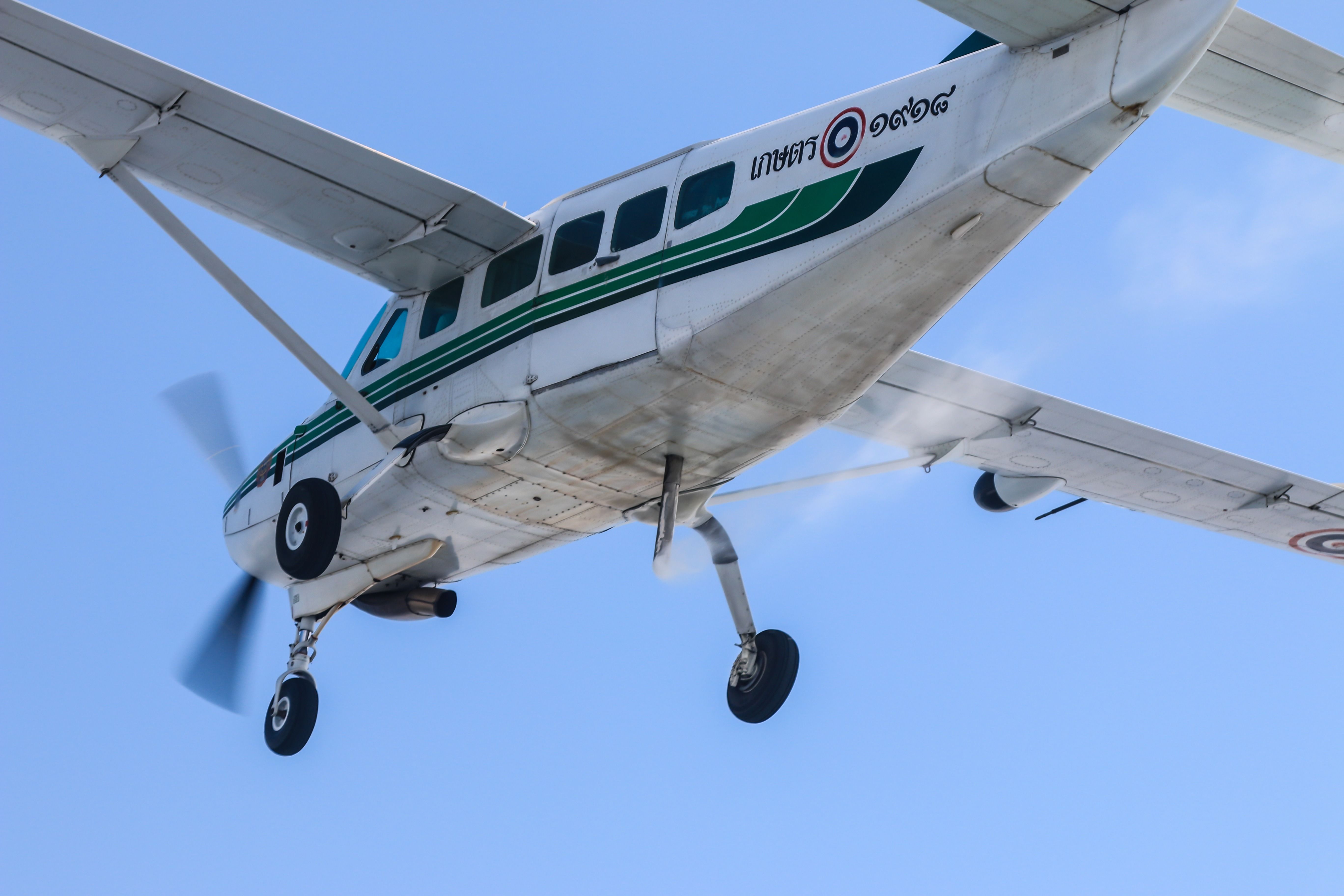
Related
A Brief Guide To The Different Variants Of The Cessna 208 Caravan
What are some of the many versions of the popular type?
What do you make of the Cessna TTx model derived from Columbia 400? Share your views in the comments section.

